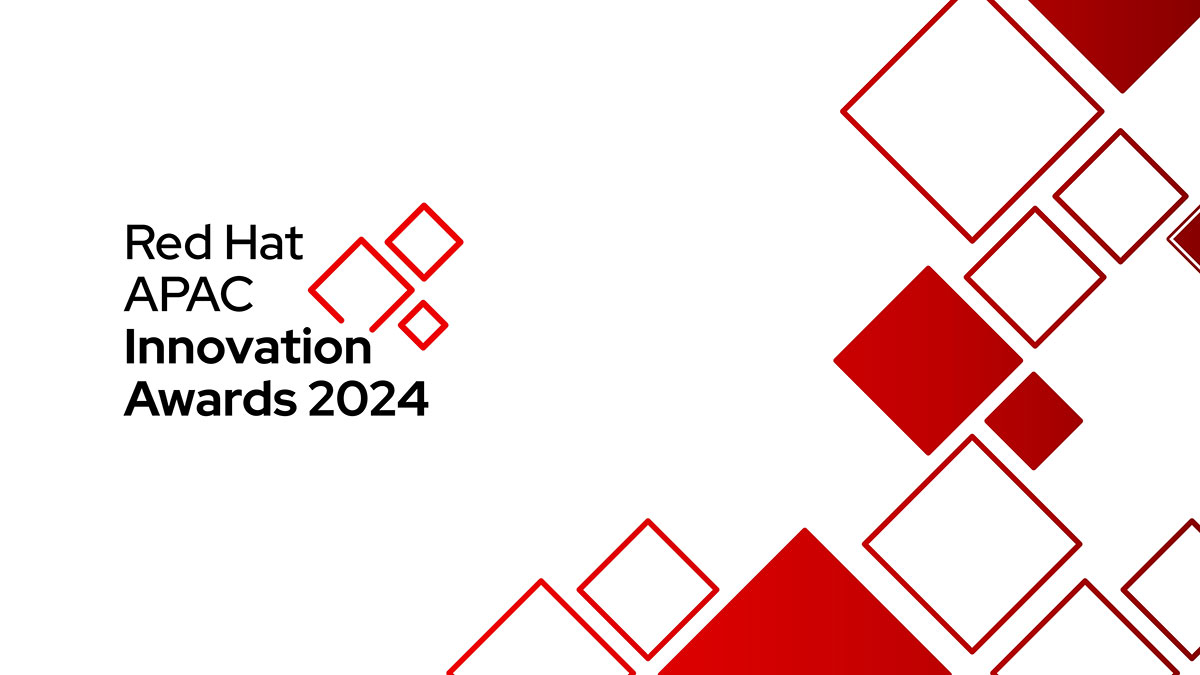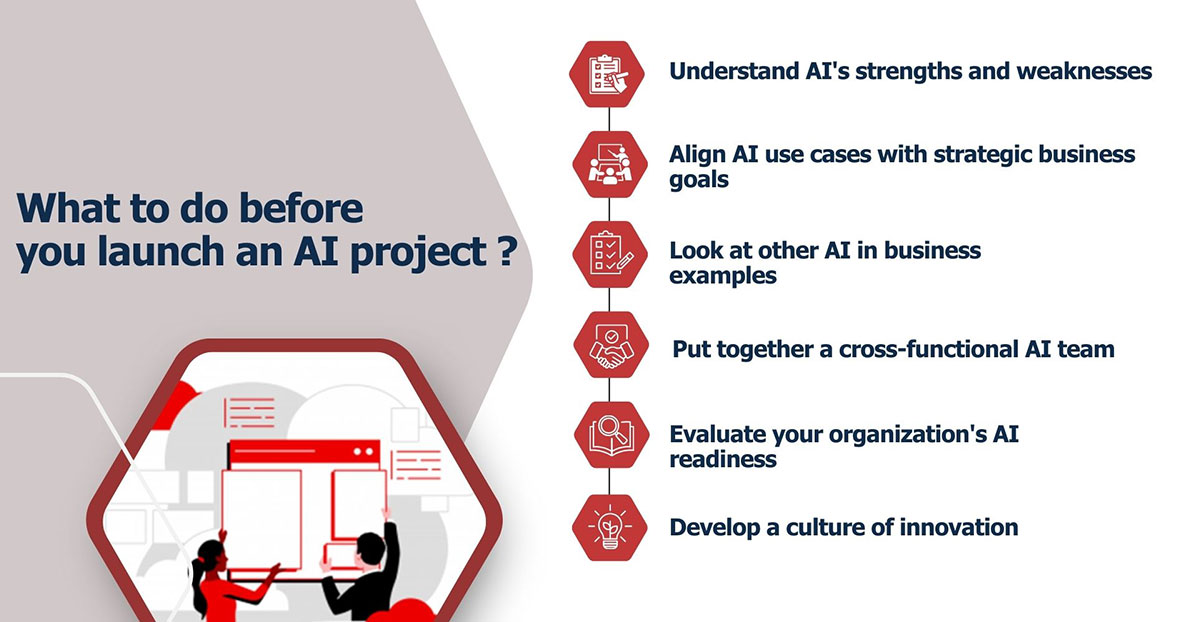Virtualization in 2025 and beyond
Article by Senior Manager, Product Management, OpenShift
Looking back, every decade has brought a new wave of innovation based on unmet customer needs and technology advancements. The 1990s brought about the information transition to digitization resulting in the popularity of the World Wide Web. 2000s began with applications gaining hardware independence by adopting server virtualization made possible due to advancements in hypervisor technologies. 2010s introduced on-demand infrastructure and shortening application lifecycles from years to hours through the adoption of DevOps and Kubernetes. The 2020s are shaping up to bring about the adoption of generative AI (gen AI) as well as many customers rethinking their traditional approach to virtualization due to changes in the industry.
At least two out of three enterprise applications are hosted as virtual machines and critical for every enterprise. As virtualization continues to evolve, many customers are rethinking their traditional approaches. Today, I want to talk about where the virtualization market is headed in 2025, how Red Hat is working with our partner ecosystem to meet new demands and how organizations can protect their critical virtual machine (VM) investments while having a path forward towards modernization when the time is right.
Where we’re headed
In 2025 (and beyond), virtualization will be defined by diversification. Many customers are prioritizing the need to avoid vendor lock-in by diversifying their hypervisor vendors. ISVs – especially in storage, backup and disaster recovery integrations are seeing the same diversification wave and rapidly extending support to additional industry standard hypervisors. To simplify operations and bypass steep learning curves, AI-driven solutions will play a key role, enabling teams to work seamlessly at an operational syntax level rather than mastering complex systems.
We’re going to see greater adoption of modern application development principles. Customers’ familiarity with modern application development and deployment methodologies has increased significantly. The resulting benefits on developer productivity and application delivery agility is prompting customers to evaluate their existing VM-based workloads and classify which ones can benefit from adopting modern practices. Platforms that allow the flexibility to run VMs and containers in a unified manner and provide operational agility and efficiencies will continue to gain popularity.
Lastly, hybrid cloud adoption will demand operational simplicity. Even as customers embrace multi-cloud strategies for virtualization workloads, they’re simultaneously repatriating some workloads to on-premises. These decisions are increasingly driven by geographic availability, sovereignty concerns and cost optimizations. This growing reliance on diverse cloud providers underscores the need for hybrid cloud solutions that can deliver standardized operations across these clouds with seamless failover capabilities, simplifying management in a complex landscape.
There’s a common theme here, if you couldn’t tell – there is a need for modern virtualization solutions that are adaptable and work across environments, enabling organizations to prepare for future innovation and growth. With the right strategies in place, organizations can align their legacy infrastructure with evolving business strategies.
The need for open, hybrid virtualization solutions
Soaring costs that are squeezing already-slim IT budgets may be the primary catalyst for organizations reevaluating their virtualization solutions, but it’s not the only reason. Modern open source alternatives are gaining momentum, and it’s in part because they meet the needs of where virtualization is headed.
Even if modernization is years away and VMs remain a critical component of an organization’s IT strategy, chances are any future plans involve containers, edge deployments, generative AI (gen AI) and more. Enterprise adoption of AI requires a platform that solves the same challenges of flexibility, collaborative workflows and scaling across hybrid clouds. To take advantage of these innovations without leaving behind VM investments, organizations need solutions that prevent vendor lock-in and provide a unified platform for managing across modern and legacy applications alike and extend to enterprise AI platform deployments.
This is where open source solutions can shine, offering a way to integrate cloud-native technologies without abandoning needed infrastructure. Open source virtualization options give organizations the ability to tap into an entire ecosystem of certified technology, unlocking the flexibility and – most importantly – the control that many IT leaders are looking for in a market that has seen increasing uncertainty. Red Hat OpenShift is built on proven open source technology like Kubernetes, KubeVirt and KVM to provide a consistent management experience across cloud, on-premises and edge environments
Bringing together VMs and containers
The crossroads that many are finding themselves at today – needing to confront immediate virtualization challenges but also wanting to lay the groundwork for future application modernization initiatives – can be an opportunity. Many are not ready to go all in on modernization – whether due to budget constraints, skills gaps, prioritization or a host of other reasons, oftentimes organizations are focused on keeping the lights on and making incremental IT changes vs the sweeping overhaul of their infrastructure they may dream of making. But it doesn’t need to be an all or nothing approach when it comes to virtualization modernization.
We’ve been working to refine Red Hat OpenShift to best meet the needs of virtualized infrastructure while also enabling organizations to take advantage of the latest IT innovations like generative AI. Red Hat OpenShift with OpenShift Virtualization serves as a strategic bridge between traditional virtualization environments and modern, cloud-native applications, simplifying the transition process while maintaining operational continuity.
Additionally, Red Hat expanded its virtualization portfolio to provide options that meet users wherever they are on their virtualization journey. With the latest edition of Red Hat OpenShift, Red Hat OpenShift Virtualization Engine, organizations now have a streamlined solution entitled to the essential OpenShift features and components required for virtualization with a seamless upgrade path to meet the needs of infrastructure and modernization needs in the future.
Using Red Hat OpenShift Virtualization, organizations like Reist Telecom AG have been able to unify VMs and containers to cut licensing costs in half, bring greater transparency and consistency to its IT security policies, and enable greater cross-team collaboration through the implementation of DevOps practices and tools.
A flexible path forward
Over the past few years the virtualization landscape has seen some fairly significant changes and in 2025 we’ll see some of that dust start to settle. Key decisions are being made when it comes to protecting VM investments while also keeping an eye on the future. While it may seem easier to keep the status quo, with options like Red Hat OpenShift Virtualization Engine, organizations can focus solely on migrating to a stable environment and modernize down the road if and when the time comes.





